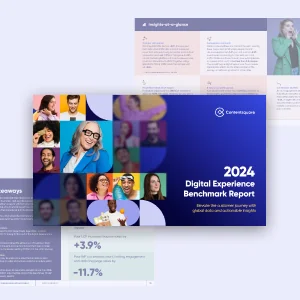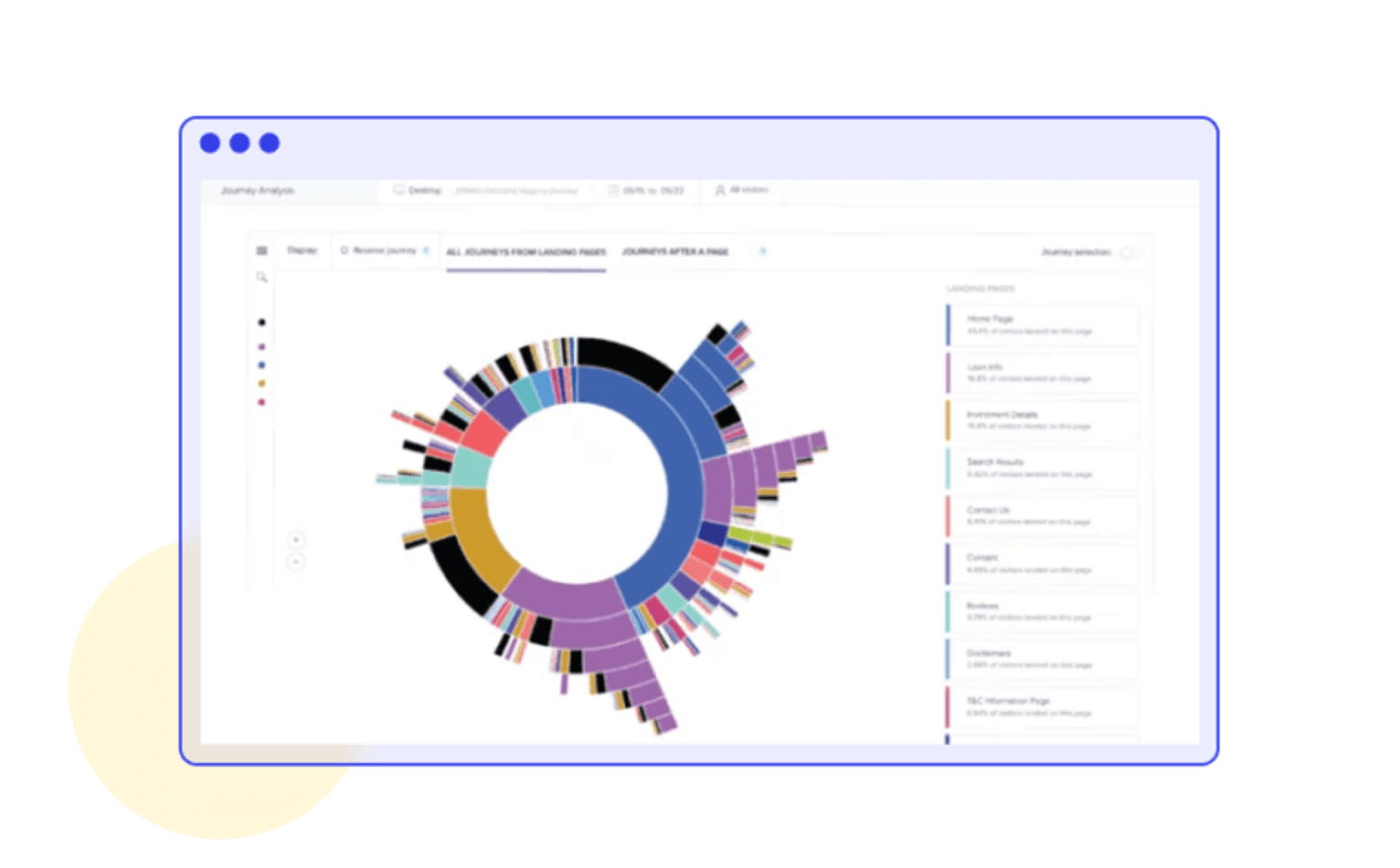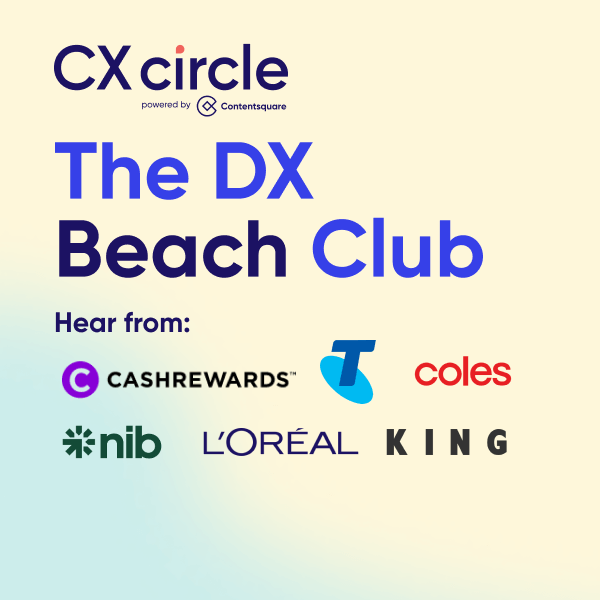
Uncover trends for crucial digital KPIs
Access the 2024 Digital Experience Benchmarks Report and Interactive Explorer.


As Head of Ecommerce APAC at Havaianas, Una Kwong Mangus leads the e-commerce operations and strategy across 20+ markets. She covers digital marketing, brand.com, and marketplace strategy, ensuring site visitors convert into buyers across the flip-flop’s brand’s many customer touch-points and marketing channels.
Having been at Havaianas since February 2019, Una is no stranger to the operational and strategic challenges of leading e-commerce in a diverse region.
Uncover trends for crucial digital KPIs Access the 2024 Digital Experience Benchmarks Report and Interactive Explorer.
The APAC region leads the world in e-commerce growth, with its share of global retail projected to rise from 51% in 2020 to 61% in 2025. Yet, operating in the region is challenging with vast differences in local payment method preferences and logistics requirements.
Una and her team adopted a flexible and agile approach to their goal-setting to tackle these challenges across different markets. They also used this mindset to decide on which optimization efforts to pursue.
Her team utilizes data analytics to reduce friction in the user journey across multiple channels in a broad market and adapts its goals as conditions change. Customer experience analytics tools like Contentsquare and Google Optimize also help her team avoid common user experience pitfalls.
She shares her expert tips on how to approach data analytics in APAC below:
“Havaianas has different levels of brand awareness across markets, leading to different on-site experiences and customer behavior depending on market maturity,” Una shares.
“It’s crucial not to be tied to a specific numeric goal or expect the same conversion rate across markets or channels,” Una says. Instead, the team keeps initiatives focused on improving conversion rates.
Segmentation in Contentsquare helps Una and her team create detailed user segments based on user experience and demographic data to run fine-tuned optimization tests. Their testing around localization and UX helps them find what works best.
Una suggests adopting a mindset of continuous improvement, prioritizing quick wins over longer-term projects. She understands that there will always be things to improve, freeing herself from the expectation of a perfect e-commerce site. To her, staying agile helps her take advantage of new opportunities in a fast-moving environment.
Una and her team put these principles into practice by maintaining a backlog of smaller tests and questions to reduce user friction and improve conversion rates.
The team can make minor improvements without investing significant resources using technology. A/B testing content or links are done daily with Contentsquare and Google Optimize. These smaller tests provide information for more significant optimization decisions and help determine where time and resources should be spent.
The path to purchase is no longer linear. According to Shopify, up to 73% of shoppers use multiple devices and touchpoints while researching an online purchase decision.Havaianas found customers swapped between online and offline channels leading up to a purchase.

Customers could purchase by:
APAC also has a more complex customer journey. Havaianas distributors and vendors have different shipping times and conditions to consider in the region.
With so many challenges to handle, Una emphasizes the importance of tracking users’ journeys and marketing channels accurately. She works to ensure all customer activity is tracked consistently from discovery to consideration, purchase, and retention across all channels.
“It’s important to drill down and check to see if things are working as expected or that we aren’t confusing the customer with too many clicks or steps.” — Una Kwong Mangus, Head of eCommerce APAC at Havaianas
The team used Contentsquare’s Customer Journey Analytics tool alongside Google Analytics to aggregate data across the different user segments and visualize which pages users visited on the Havaianas page and in what order.
They then tied all the data sources together using dashboards for easy analysis. Una and her team can see where unexpected drop-offs appeared, allowing them to address issues as they happened.
“Companies spend a lot of time and money on marketing to acquire new users, but you want to avoid situations where traffic lands on your site and leaves without interacting with your site content,” explains Una. Optimizing your user acquisition efforts is a great start, but you also want to make sure your visitors stay on the site and follow a seamless path to conversion.
To Havaianas, it’s essential to ensure their digital assets are optimized for conversion.
Optimizing landing pages play a significant role in enticing people to stay on their site and guiding them further down the path to purchase. For example, a critical entry point to the Havaianas website is through their size guide, ranking for one of their top organic search terms, “what size is my Havaianas.”
Here’s what they did to optimize the landing page for conversion using data from Contentsquare:
A common pitfall for e-commerce professionals when assessing for user friction is ‘site blindness’ – when teams become so used to the experience they build, they can’t assess issues accurately.
Una urges team members to occasionally step away and impartially assess the online user journey with the help of technology. Her team relies on Contentsquare’s Session Replay to check for bugs or if visitors struggle with the user experience (UX).
Instead of spending hours rewatching video footage to identify where an issue has occurred, session replay within Contentsquare allows the team to go from a macro to micro view within minutes, making hypothesis validation and troubleshooting a breeze.
The e-commerce team complements Contentsquare’s data analytics with Google Optimize to help split-test solutions to issues found in Contentsquare.
🗓 Thursday, 2nd June
Your winter escape awaits
⏰ 9:00 – 15:00 In-person | 9:30 – 12:30 Virtual
📍 Ivy Sunroom, Sydney CBD | Zoom